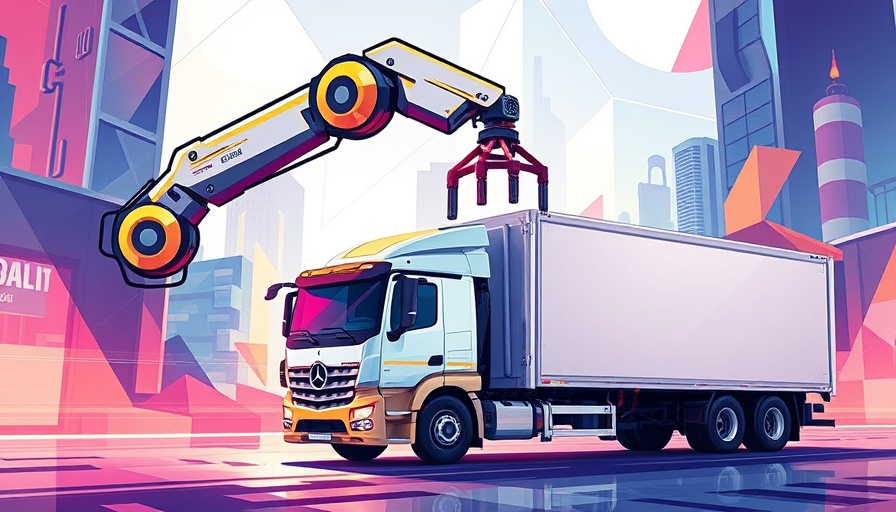
AI Adoption in US Transport: An Overview
As technology evolves, artificial intelligence (AI) is becoming a crucial asset for various industries, including transport and shipping. However, many US companies in this sector are facing significant hurdles in adopting AI technologies. These challenges include high costs, regulatory concerns, and the need for employee training. Understanding these factors can help demystify why some companies lag in adopting AI.
Why AI is Important for Transport and Shipping
AI has the potential to revolutionize transport and shipping by enhancing efficiency. Imagine self-driving trucks that can optimize routes or AI systems predicting vehicle maintenance needs before they become critical. Such innovations not only save companies money but also improve safety and reduce human error.
Common Challenges in Embracing AI
One major hurdle for US transport firms is the substantial investment needed for implementing AI systems. Many companies still prioritize traditional methods due to perceived risks associated with new technologies. They also face tough regulatory landscapes, with strict guidelines surrounding data privacy and safety. Without clear pathways to compliance, companies may be hesitant to adopt these technologies.
The Need for Employee Training
Another crucial aspect is preparing the workforce for an AI-driven future. Companies need to invest in training their staff to work alongside AI tools effectively. This can be a big challenge, as many employees fear job loss with the rise of automation.
Conclusion: Overcoming Hurdles
For AI adoption in transport and shipping to succeed, companies must address these challenges proactively. This includes financial planning, navigating regulations, and upskilling employees to embrace new technologies. By tackling these barriers, US transport firms can not only enhance their operations but also lead the way in the innovative future of the industry.
 Add Row
Add Row  Add
Add 




Write A Comment